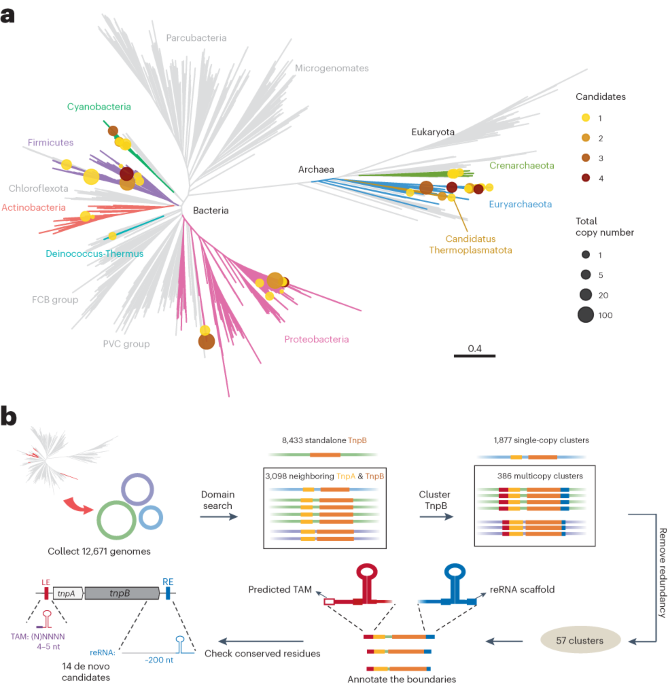When someone talks about a hole in Space, usually the first thought goes to black holes, remnants of stars that suck up everything, even light, which today it is believed to be more common than previously thought.
- The “accident” that is helping to understand stars and planets Scientists want to cancel the apocalypse by moving the Earth
Maybe because of this, the discovery of a literal giant hole, an empty cavity at an average distance of 700 light-years from Earth, is confusing astronomers about its origin.
The hole, which was named “Concha Per-Tau”, is a gigantic cavity located between the clouds of the constellations of Taurus and Perseus, distant respectively 400 and 1,000 light-years from Earth. These clouds, as well as the more famous Pillars of Creation of the Eagle nebula, are gigantic clusters of gas and cosmic dust, and fulfill the function of “nursery” of hundreds of new stars.
Using traditional observation, with instruments like the Hubble space telescope and co, the impression has is that both clouds are very close and touch, but the truth is that they are hundreds of light years away from each other, circling a cavity in the same way that clouds in Earth’s atmosphere do. This “hole” in space, devoid of matter, is completely different from a black hole, which is one of the possible by-products of a supernova, whether it succeeds or (it is believed) fails.
The actual arrangement of the clouds of Taurus and Perseus can only be identified with three-dimensional mapping, provided by the Gaia mission, an observatory of the European Space Agency (ESA). Originally launched in 2013, its objective is to map celestial bodies and identify their movement, as well as their position in a 3D plane.
Gaia’s main objective is to map the Cosmos in 3D with very high accuracy, and provide new data about stars and galaxies that 2D images cannot offer. The observation of clouds from Taurus and Perseus turned out to be the most recent example, as it removed the idea that the clusters were connected.
The hypothesis of how stellar clouds form suggested the presence of an empty cavity in the region, but scientists did not expect to identify such a large one.
When a star explodes in a supernova and completely self-destructs, leaving no black hole or a pulsar (neutron star) as a by-product, the shock wave captures particles of gas and dust that accumulate around it, forming clouds that will give rise to other stars. In this scenario, the ejected material is pushed in all directions, leaving behind an empty cavity, a literal vacuum.
What is intriguing researchers, however, is that the Per-Tau shell is too big for the standard of a starburst. The study presented by a mixed team of astronomers from several universities points to the possibility that it originated from a series of supernovas, or from a gigantic supernova (not at the level of a hypernova, a dirty by-product is almost always a hole black), creating a massive cavity in space, about 600 light-years in diameter.
large clouds of Perseus and Taurus, as the 3D model, modeled in a program called “glue” (the name is anyway) demonstrates. Until then, the size and distance between the clusters was unknown, and it was believed that the clouds were glued together. Inside the hole, there is practically nothing.
According to Dr. Shmuel Bialy, postdoctoral fellow at the Institute of Theory and Computation (ITC) of the Center for Astrophysics at Harvard -Smithsonian and leader of the study that resulted in the recently published article, the presence of such a large cavity demonstrates that the explosion of a star, or several of them in the same region, can trigger processes for the formation of new celestial bodies.
The next step is to discover the star cluster from which the supernova, or group of supernovae, originated. This will depend on the next release of the data captured by Gaia, which should be carried out by ESA in 2022 (the previous ones took place in 2016 and 2018). With this information, the researchers hope to locate the star group that was in position when the explosion occurred, between 6 million and 22 million years ago. to determine whether events of such magnitude pose any risk to nearby celestial bodies, considering that on a cosmic scale, 700 light-years is not that far away.
Bibliographic References BIALY, S. et al. The Per-Tau Shell: A Giant Star-Forming Spherical Shell Revealed by 3D Dust Observations. The Astrophysical Journal Letters, Volume 919, Number 1, 12 pages, September 20, 2021. Available at http://dx.doi.org/10.3847/2041-8213/ac1f95.
Source:
ExtremeTech
Note: This article has been indexed to our site. We do not claim legitimacy, ownership or copyright of any of the content above. To see the article at the original source Click Here













